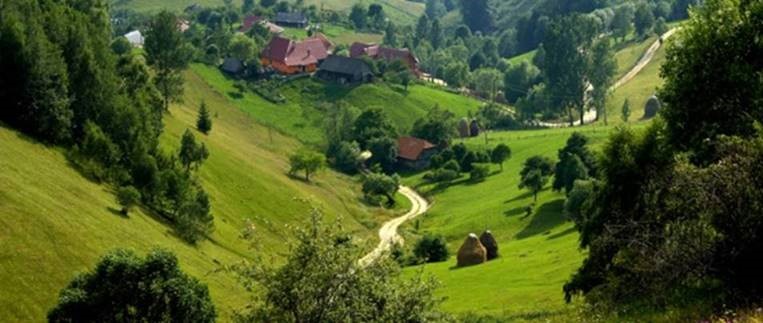ANCOM identified rural areas not covered by Next Generation Networks that could benefit from MCIS’ public intervention measures
18.01.2018

ANCOM has published the list of rural localities in Romania yet to be covered by fixed networks enabling 30 Mbps or higher speeds. So far, these localities have not been subject to coverage gap closing public intervention measures in this field or no private investment intentions have been avowed for the next 3 years. Although some of them are covered by fixed or mobile networks, these networks cannot provide the quoted minimum speeds.
Identifying "NGN white areas"
The list published today on ANCOM’s website resulted from a public consultation process launched on the request of the Ministry of Communications and Information Society (MCIS) and from correlating the received information with the latest statistical data reports submitted by the electronic communications operators, as of 30 June 2017.
During the public consultation conducted from 2 November to 1 December 2017, 114 electronic communications operators sent to the Authority information on the fixed (local loop) or mobile access networks deployed. ANCOM’s methodology for identifying the "NGN white areas" is available, in Romanian, here.
"NGN white areas" are locations that are not covered by Next Generation Networks.
Therefore, on 1 November 2017, 3,251 rural localities (villages belonging to communes) in Romania were not - according to operators' statements - covered by fixed networks enabling 30 Mbps or higher speeds, nor was  such facility foreseen to be deployed within the next 3 years (until 1 November 2020).
"NGN white area" localities
The 3,251 localities in the “NGN white area list are home to 350,870 households and have a total population of 939,438 inhabitants (according to the National Institute of Statistics, based on data from the most recent population census, in 2011).
Of the 3,251 localities, 1,781 are reportedly covered by a fixed electronic communications network that can provide connections with download speeds of at least 2 Mbps but not more than 30 Mbps, while 2,418 are reportedly covered by at least one 4G (LTE) mobile access network. Some of these localities may be included in a state aid scheme managed by the MCIS, so that they could be covered by networks enabling 30 Mbps or higher speeds.
The list of "Localities not covered by 30Mbps" is available here.
A map of "NGN white areas" in Romania is available here.
Important notification for operators
ANCOM informs electronic communications operators that in the event of installing electronic communications networks in the 3,251 localities in the "NGN white areas" list, they could face the competition of electronic communications operators receiving public funding to achieve the coverage targets in the Digital Agenda for Romania 2020. During the public consultation, electronic communications operators were invited to point out all the localities where they planned private investments to deploy- by 1 November 2020 - Â fixed networks enabling 30 Mbps or higher speeds.
MCSI public intervention measures
The state aid scheme to be implemented aims at achieving the specific objective O. 2.1 "Extending and roll-out of high-speed broadband communications infrastructure" - Priority Axis 2 of the Competitiveness Operational Programme. Public funds will be used to deploy electronic communications networks and, possibly, the associated facilities necessary to provide high-speed broadband electronic communications services in the localities that are less favoured in this respect.
Further information is available, in Romanian, on the MCIS website.
20 January 2018 is the deadline for submitting comments to MCIS on the entire documentation of the state aid scheme for infrastructure and network development in the "white areas" throughout Romania’s development regions, except for the development region Bucharest-Ilfov, which falls under Action 2.1.1 "Improvement of Broadband Infrastructure and Internet Access".
Further information is available on the MCIS website.
Â


 top
top